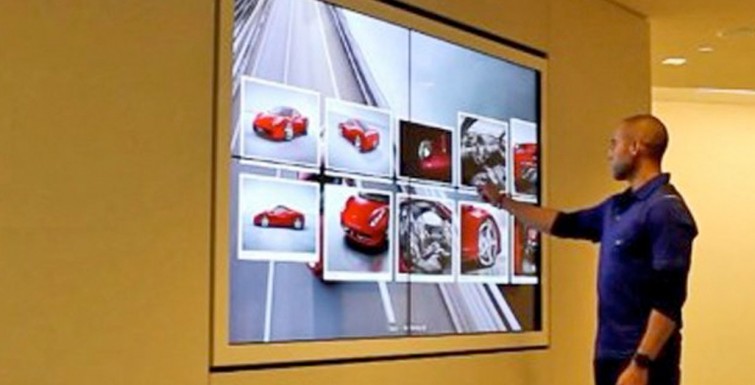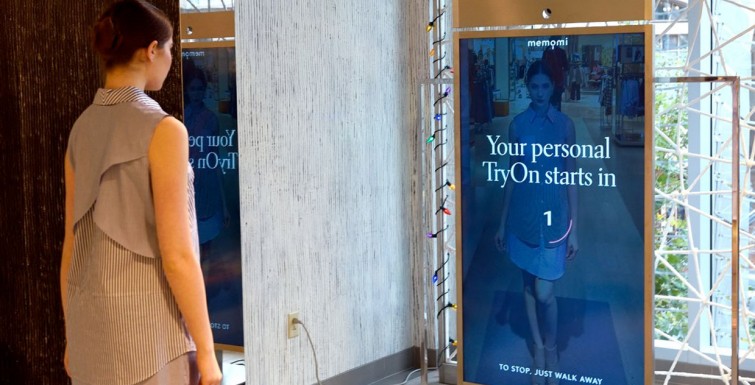Today’s consumer is often betwixt between the power of the digital marketplace and the shiny allure of the in-store experience. They want the instant gratification of leaving a store with their purchase in tow but also information for product research to make well-informed buying decisions. The in-store experience lacks the detailed product data and customer reviews found on the store’s website, but the website lacks the tangible aspect one gets from the brick-and-mortar experience.
So, what’s a business to do about it? How do you please the customer who wants the best of both worlds?
The seamless experience
Retailers are finding that customer experience is just as important as product selection and price. Terry Jones, founder of Travelocity and Kayak, has said, “You can have great products, but if the customer can’t find them quickly, you’re dead. [Customers] care about finding and buying the product the way they want to buy it, where they want to buy it. You have to create the right experience for the right moment in the customer buying cycle.”
Understanding that customer experience encompasses what happens face-to-face, on a store kiosk, online or in a mobile app, the branding across all these platforms has to be consistent, and equally captivating.
GameStop President Tony Bartel has said that the biggest challenge for retailers is to create a customer experience that excites and inspires people to continue in an ongoing relationship, and that this is particularly challenging with millennials. “To remain relevant to them, we have to meet them where they are. They’re very seamless in the way they use data, so being able to create that consistent brand experience is very important. Authenticity is very important.”
Try different things
If at first you don’t succeed, dust yourself off and try again, right? There is no silver bullet for what is going to engage and impress your customers. For many companies, years of research and intelligence has gone into creating an optimal Web experience, yet their digital in-store touch displays and mobile apps leave features to be desired. Too often I see underutilized kiosks that lack the necessary functionality to be a useful shopping companion, and I’m frequently left wondering, where’s the software update?
At this year’s Retail’s BIG show, Kayak’s Jones provided advice to retailers: “I’m going to talk a lot about taking risks and how very important it is in today’s fast-moving environment. You have to create a culture that embraces experimentation and failure. However, you don’t have to bet the farm on your experiment. Small experiments, rapid prototyping, testing smartly and adapting quickly are important to limit your risk. You have to spend a great deal of time listening to customers to tease out where they want you to go. Yet customers won’t tell you the next revolutionary idea, you have to look beyond what’s immediately apparent. That takes reading and watching broadly, both inside and outside of your industry, to combine new technologies with social trends to create engaging new products.”
The future belongs to those who build the best consumer-facing network
“In order to be successful in today’s fast moving and highly competitive environment, retailers must offer unique products and services across all channels,” said Toys “R” Us Inc. Chairman and CEO Jerry Storch when asked what embracing an omnichannel approach means for retail leaders. “The future belongs to those that build the best consumer-facing network . . .”
And Toys “R” Us is doing just that; it has introduced a highly engaging interactive multitouch kiosk with gesture-recognition capabilities for one of their stores in Redwood, California. This interactive kiosk allows shoppers to check the availability of a specific product they’re looking for, and if it’s not available, they can order it at the kiosk and pick it up at a later time or find another Toys “R” Us location where it is available. This application is also available as a smartphone app. Customers can pay for the item they’re looking for within the app, and then pick up their item at a nearby store.
In this day and age, consumers really want to have it all and on their own terms. Companies who can successfully provide that will gain not just customers but evangelists.



